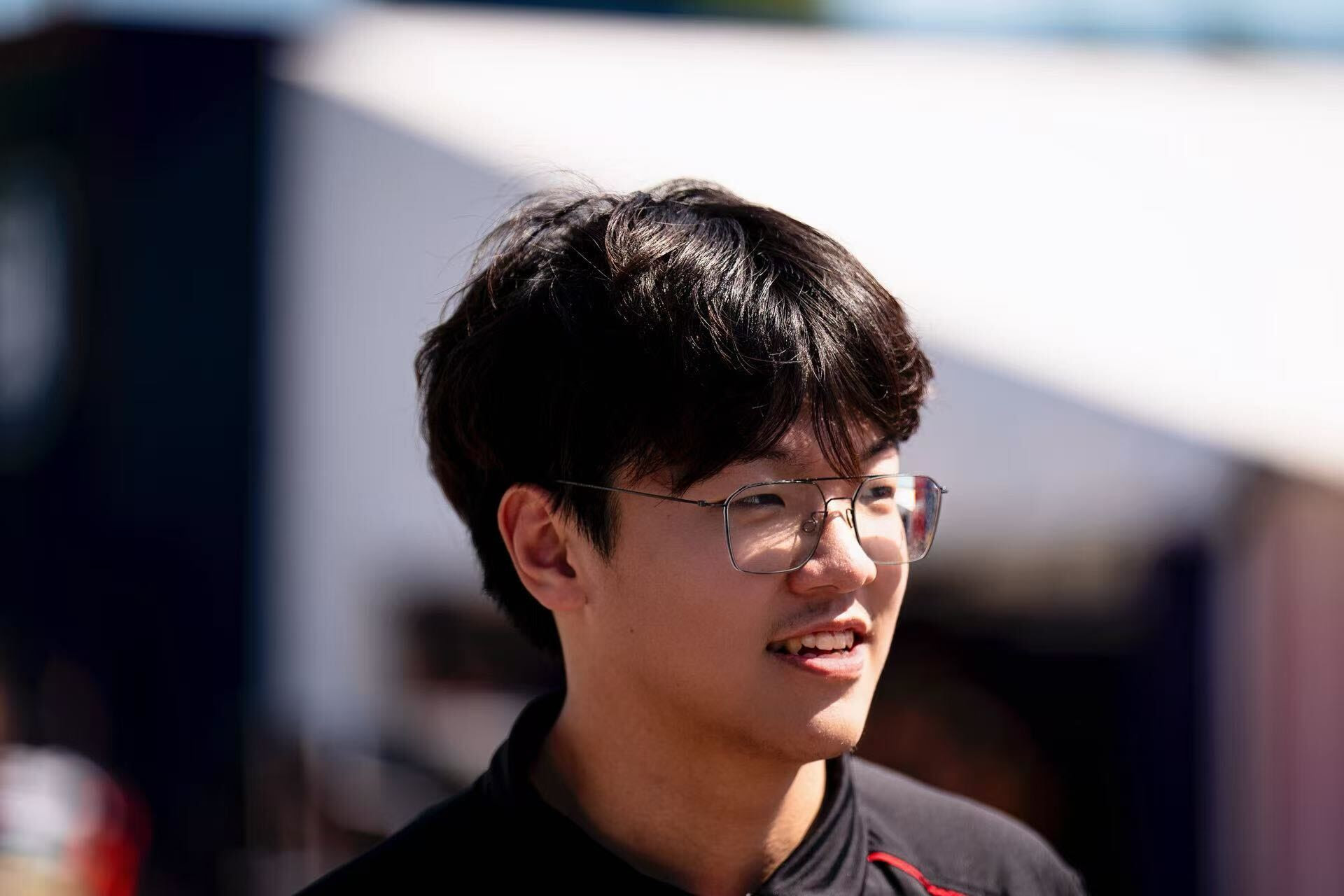Controversies surrounding stewarding decisions have resurfaced once again at the penultimate race of the season as twenty cars hit the track under the lights at the F1 Qatar GP.
The Grand Prix weekend in Qatar marked Rui Marques’s second outing as F1 race director after he took over from Niels Wittich in Las Vegas. With his handling of the night’s events becoming a big talking point, the FIA has issued a statement.
On Monday, the FIA offered a series of explanations about why they took certain decisions during the F1 Qatar GP. They addressed three major points of contention: the delay in the announcement of the safety car, the safety car lights failure, and the penalty awarded to Lando Norris.
Timing of safety car deployment at F1 Qatar GP
Sunday’s race at the Lusail International Circuit witnessed a dramatic turn of events on lap 30 as Alex Albon’s right mirror detached from his Williams on the start-finish straight.
The piece of debris ended up in the middle of the track and prompted some double yellow flags. This proved to be of major consequence after Norris failed to obey the flags and received a 10-second stop-go penalty.
Despite the high likelihood of drivers hitting the broken mirror, the race director chose not to neutralise the race immediately. Marques deployed neither a virtual safety car nor a full safety car, and the cars kept lapping the 5.419 km circuit.
Unfortunately, Valtteri Bottas’s Sauber hit the mirror four laps later as he made way for the race leaders to pass. This incident scattered the broken pieces of the mirror across the track.
Following the punctures suffered by both Carlos Sainz and Lewis Hamilton, potentially from the debris, the FIA announced a full safety car to clean the track.
Several figures called into question the FIA’s reluctance to remove Albon’s mirror from the track sooner, given the massive damage it inflicted on the Ferrari and the Mercedes.
However, they offered an elaborate justification for delaying the deployment of a safety car.
“Normal practice is for the safety car not to be deployed if there is a small amount of debris, and off the racing line,” the FIA explained in the statement issued on the events of the Qatar GP.
“The extensive debris after a car hit the mirror and the punctures that occurred shortly after forced the decision on a safety car.
“A VSC would not have been a solution, as the cars remain spread-out and there is not sufficient time for a marshal to clear the debris.”
Failure of the safety car lights
The debris from the mirror was not the only issue that plagued the drivers in Lusail. The FIA landed in more trouble after the lights on the safety car failed during the restart of the Qatar GP and led to confusion for the grid.
The malfunctioning lights confounded the then-race-leader Max Verstappen, thereby triggering a super late restart that left him vulnerable to an attack from Norris behind him.
“All teams were verbally advised that the SC would be coming in, so the restart took place in the normal fashion,” the FIA said, addressing the defective safety car lights.
“While the reason for the malfunction was identified and fixed, out of caution, the safety car was swapped in time for its third deployment.”
Penalty for Norris at F1 Qatar GP
The FIA’s decision to sanction Norris with a 10-second stop-go penalty for disobeying the yellow flags waved invited further criticism.
Penalties for infringements on track have arguably been less stringent in recent times.
However, there are precedents for severe sanctions when it comes to ignoring double yellow flags, given the impact it has on the safety of both the drivers and the marshals involved.
Back in 2021, both Nicholas Latifi and Nikita Mazepin received post-race 10-second stop-go penalties at the Austrian Grand Prix for not respecting double yellow flags.
The FIA defended their verdict in the new statement, stating that it was in line with standard practice.
“The penalty was in accordance with the penalty guidelines circulated to the teams on 19 February 2024.
“A double yellow flag infringement is considered a serious compromise of safety, which is why such offences carry such a severe penalty.”
FIA open to further deliberation and improvement
F1’s top governing body, nonetheless, recognised that collaboration with the teams is necessary to improve stewarding standards.
They announced that the handling of the F1 Qatar GP would be analysed thoroughly and that discussions would take place with the teams to identify the areas that can be further improved in the future.
“The FIA constantly reviews its methods and processes and will analyse further the specific scenario, and discuss it with the teams, in order to see whether in the future a different course of action needs to be taken.”





